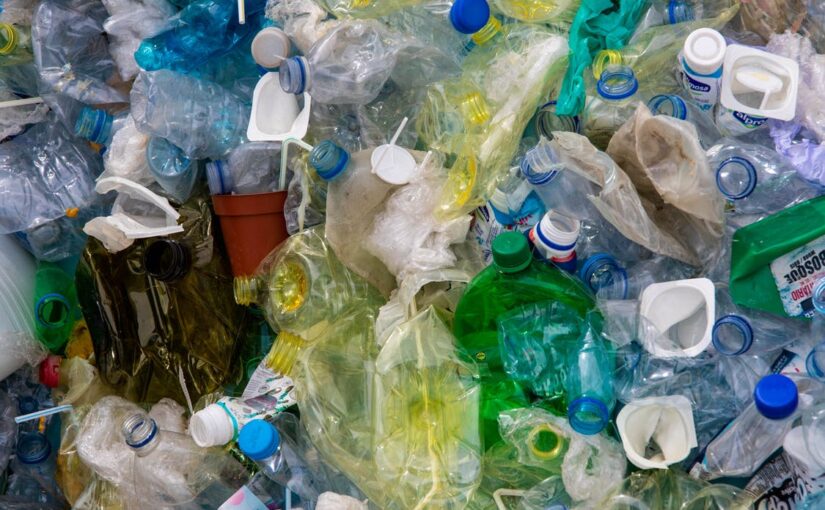Just a few days ago, on 1 April 2022, legislation came into force requiring all companies in the UK to pay a tax on the production or import of plastics for packaging where less that 30 percent is made from recycled materials.
Businesses which manufacture or import ten or more tonnes of plastic packaging every year will need to register for this new plastic packaging tax (PPT). These companies now have to pay £200 per tonne for plastic packaging that does not meet the 30% threshold, a not insignificant cost considering the current, added strain of inflation and rising energy costs on UK companies.
So, is this a positive step forward in the drive for sustainability? How much impact will it have on reducing plastic waste and pollution? Although there are a few exemptions to the tax, farmers using plastic film for silage bales for example, few sectors will remain untouched by this new charge. Of course, when it comes to plastic, anything which pushes production away from virgin materials should be welcomed, but we need to go further. It’s as much about educating consumers as it is about reducing or replacing plastics with renewable alternatives.
PPT in practice
Concerning figures from various bodies and organisations show that many businesses are either unprepared or unaware of the Government’s new plastic packaging tax. A poll by the Foodservice Packaging Association (FPA) found that 80% of FPA member companies who sell plastic packaging aren’t ready for the tax. Similarly, research by YouGov on behalf of Veolia, found that 77% of retail and manufacturing businesses in Britain were actually unaware of the tax – a worrying reflection of how well this change has been communicated to the businesses it will have the most impact on.
The latter research also uncovered that of those retail and manufacturing businesses which had taken steps to make changes to their plastic packaging, 66% has reduced the amount of unnecessary or avoidable plastic in their packaging, and 58% now use recycled packaging.
Myth vs. reality
It’s unclear how much the average consumer knows or understands about plastic packaging. And how much of the narrative around sustainable packaging is based on fact. Consumers may believe paper bags are better for the environment than plastic, but paper packaging is more damaging to the environment than most people expect. For instance, most paper packaging is single-use, not waterproof and weaker than its plastic alternative. Plastic bags can, and should, be reused for as long as possible, plus the average carrier bag you get from a supermarket or shop uses very little plastic in relation to other items in the home.
Similarly, the rhetoric around plastic in the ocean almost never opens the debate on why so much plastic packaging ends up there and is not disposed of in the correct way. The question consumers should be asking isn’t always ‘how can I replace plastic with other packaging materials’ but ‘how do I find packaging that is either compostable or reusable so I’m not throwing so much away.’ Government, plus packaging manufacturers and suppliers have a lead role to play in this re-education.
So, while businesses are taking steps to address excess plastic, and meet their own targets for sustainability, we also need to increase understanding more generally in the population about the impact of materials used in packaging manufacture. It is, of course, important to set standards and encourage businesses, in this case through the new PPT, to reduce plastic in their processes. But without collective responsibility, we will never reach the ultimate goal of smarter, more sustainable packaging across all sectors.


